20 Vegetables That Thrive in Shaded Gardens
If you have a garden that doesn’t receive full sunlight, you may think growing vegetables is impossible. However, there are plenty of vegetables that thrive in shaded gardens, offering fresh and nutritious options even in less sunny spots. Many of these vegetables grow well in cooler conditions and can tolerate partial shade. Whether you have a small backyard or a larger garden, there are plenty of choices for shaded spaces. Some of these vegetables even taste better when grown in the cooler, shadier areas of your garden. From leafy greens to root vegetables, you can enjoy a variety of crops.
This post may contain affiliate links, which helps keep this content free. Please read our disclosure for more info.
Kale
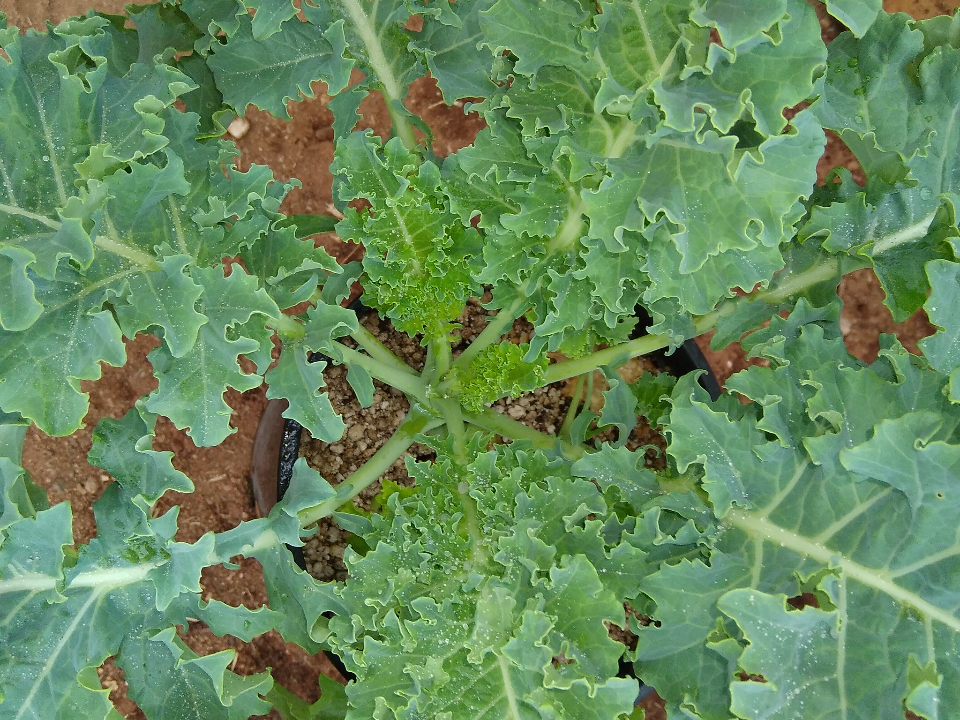
Kale is an incredibly hardy vegetable that grows well in partial to full shade. Its leaves are packed with nutrients and can tolerate cooler temperatures, making it ideal for gardens with less sunlight. Kale can withstand light frosts and continues to grow as the weather cools.
In shaded environments, kale’s growth may be slower compared to full sun, but it will still provide a plentiful harvest. Growing it in slightly shadier spots helps prevent the leaves from wilting in intense heat. This vegetable is perfect for gardeners looking to grow something green during cooler months.
Spinach
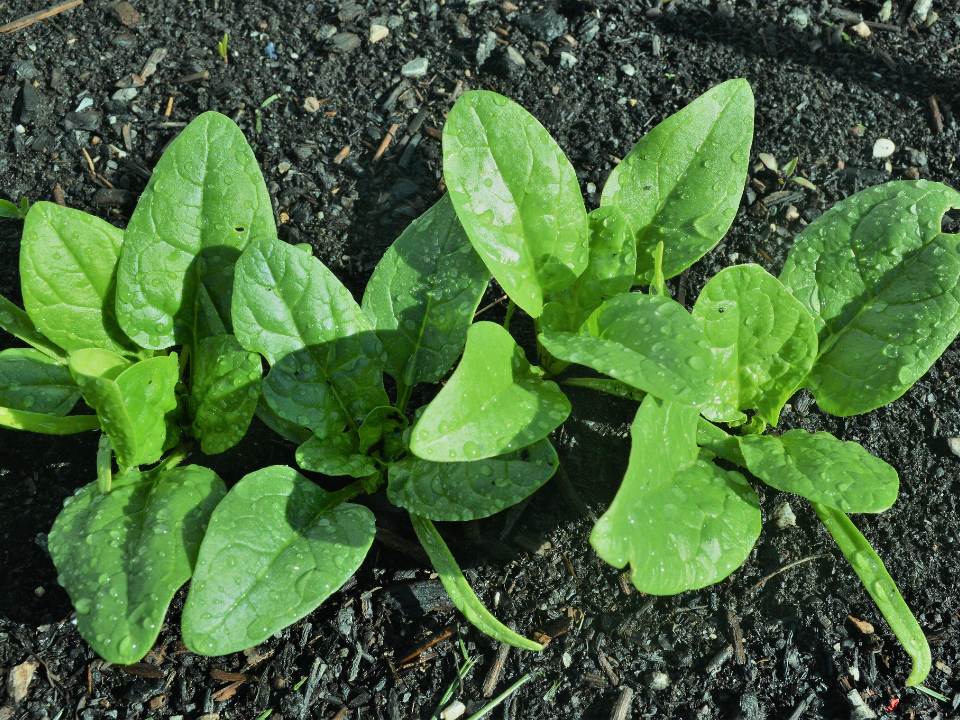
Spinach is a fast-growing green that thrives in cooler, shaded environments. It requires rich, well-draining soil and moderate moisture to grow successfully in less sunny spots. When grown in shaded gardens, spinach leaves are tender and flavorful, making them perfect for fresh salads or cooking.
Although spinach prefers cooler weather, it can tolerate slight shade, especially during the hotter parts of the growing season. In shadier areas, spinach will still grow well as long as it receives enough water and occasional nutrients. This vegetable is a great option for early spring or fall gardens.
Lettuce
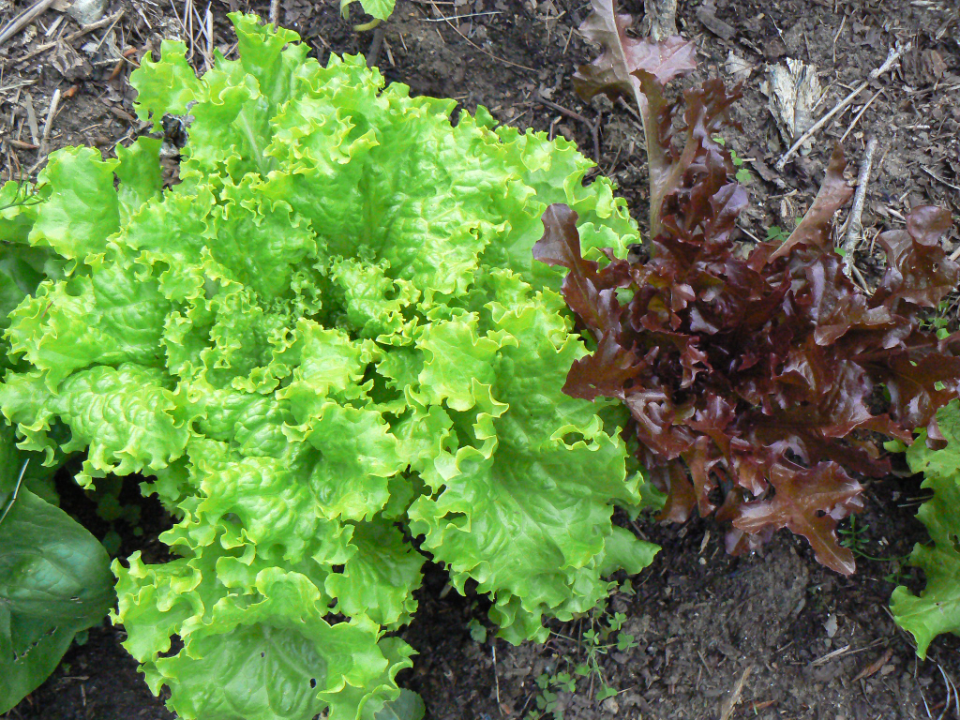
Lettuce is a cool-season vegetable that performs well in partial shade, particularly during warmer months. Its tender leaves do not wilt as quickly in shaded gardens, offering a longer harvest period. Lettuce varieties like butterhead or romaine can adapt to light shade, giving you a continuous supply of fresh greens.
In shaded areas, lettuce will require a little more time to reach full maturity. However, it grows well in less direct sunlight, making it a popular choice for gardeners with limited sun exposure. With regular watering and good soil, lettuce can thrive in most shaded gardens.
Swiss Chard
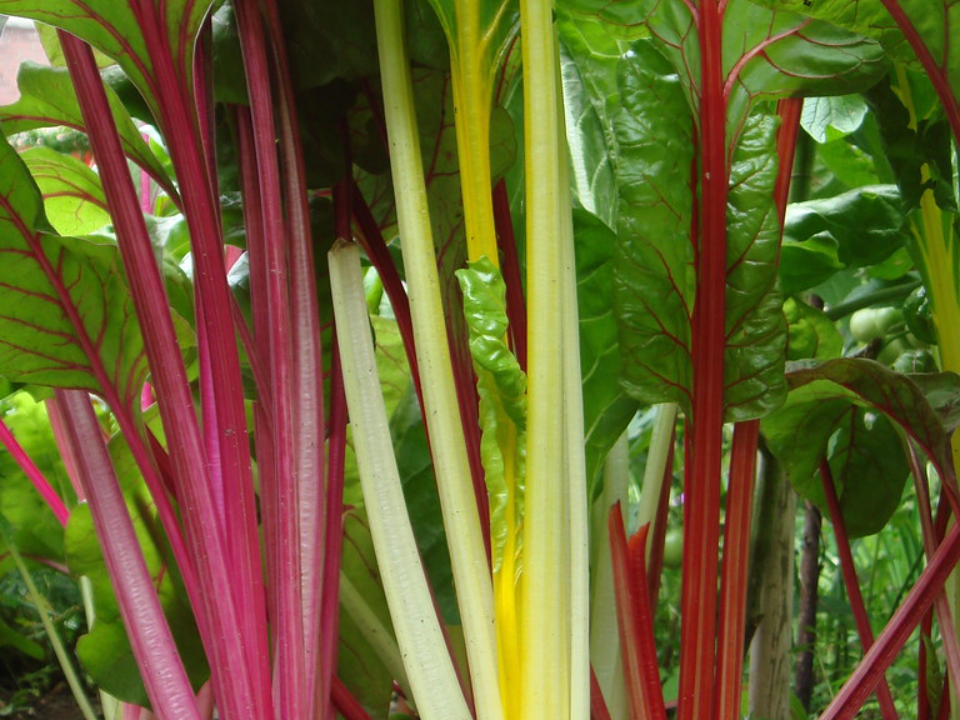
Swiss chard is another versatile vegetable that adapts well to shaded conditions. It is packed with vitamins and minerals and can tolerate light to medium shade without sacrificing growth or flavor. Swiss chard’s thick, nutrient-dense leaves and colorful stems make it an attractive addition to any garden.
In shadier gardens, Swiss chard grows slowly but remains hardy. The cool shade helps prevent the leaves from becoming tough, providing a more enjoyable harvest. It is perfect for those looking to grow a vegetable that can handle a range of conditions.
Arugula
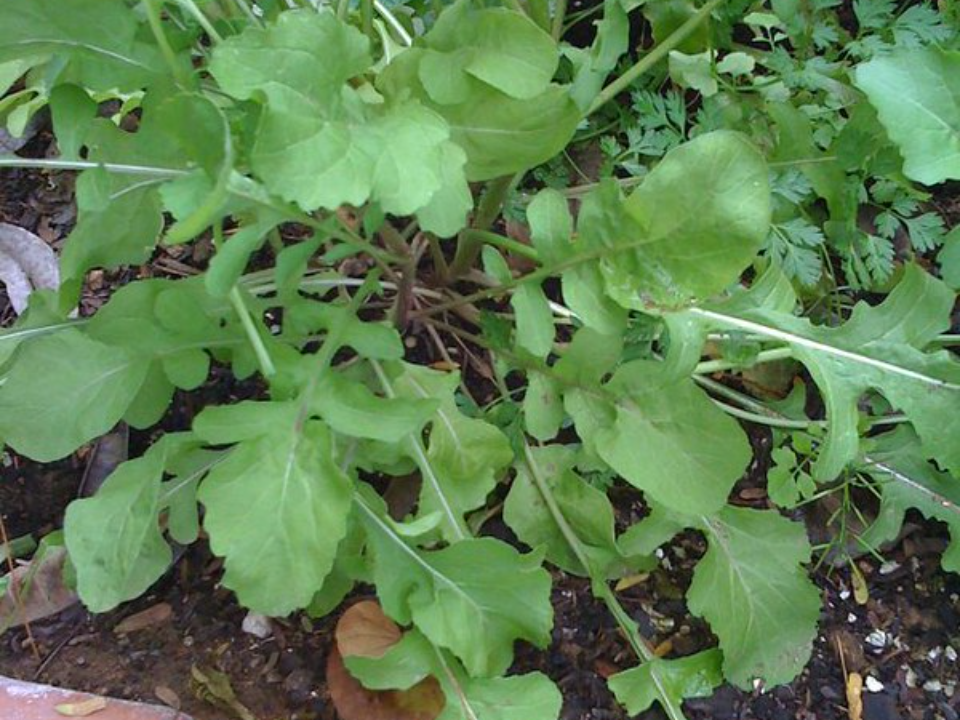
Arugula is a leafy green vegetable with a peppery flavor that flourishes in cool, shaded gardens. It thrives best in partial shade, where it enjoys a steady, mild environment. Arugula is quick-growing, making it a great choice for gardeners looking for a rapid harvest in shaded areas.
Growing arugula in shady gardens allows it to avoid the stress of intense sun exposure. The flavor remains mild and fresh, perfect for adding a unique taste to salads or sandwiches. Arugula is an easy-to-grow vegetable that provides fast results even in less sunny locations.
Mustard Greens
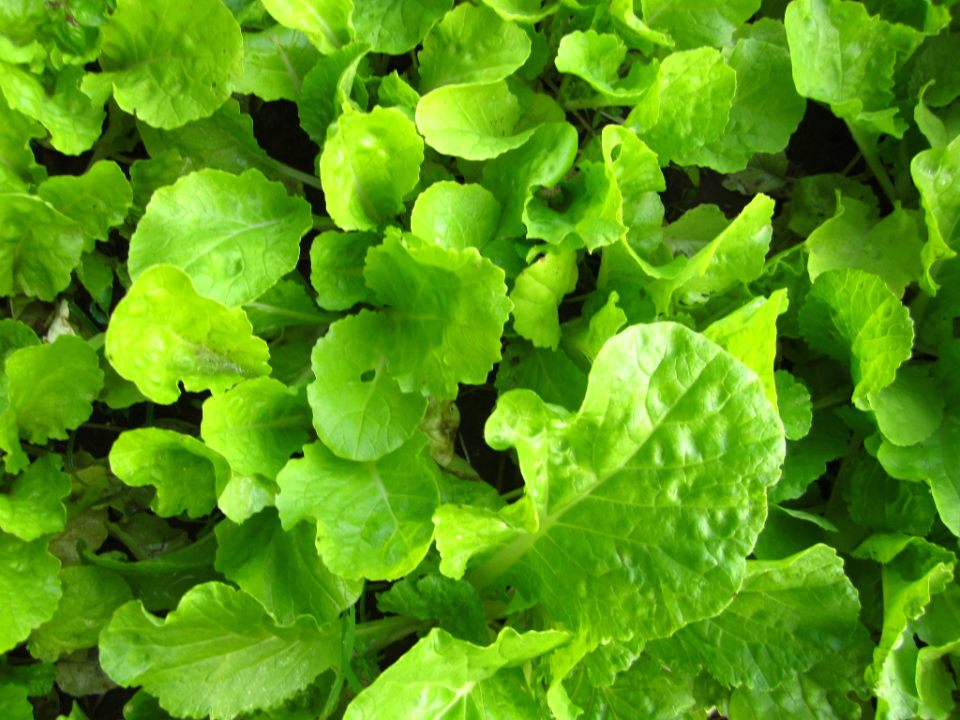
Mustard greens are flavorful, slightly spicy leaves that do well in shaded environments. These vegetables are hardy, growing in cooler temperatures and doing well in partial shade. Mustard greens are packed with vitamins and have a fast growth cycle, making them ideal for shaded garden spaces.
Although mustard greens can grow in full sun, they thrive in light to moderate shade. Growing in these conditions helps them maintain a tender texture and reduce the bitterness that sometimes comes from too much sunlight. They are easy to care for and yield a bountiful crop in shadier spots.
Bok Choy
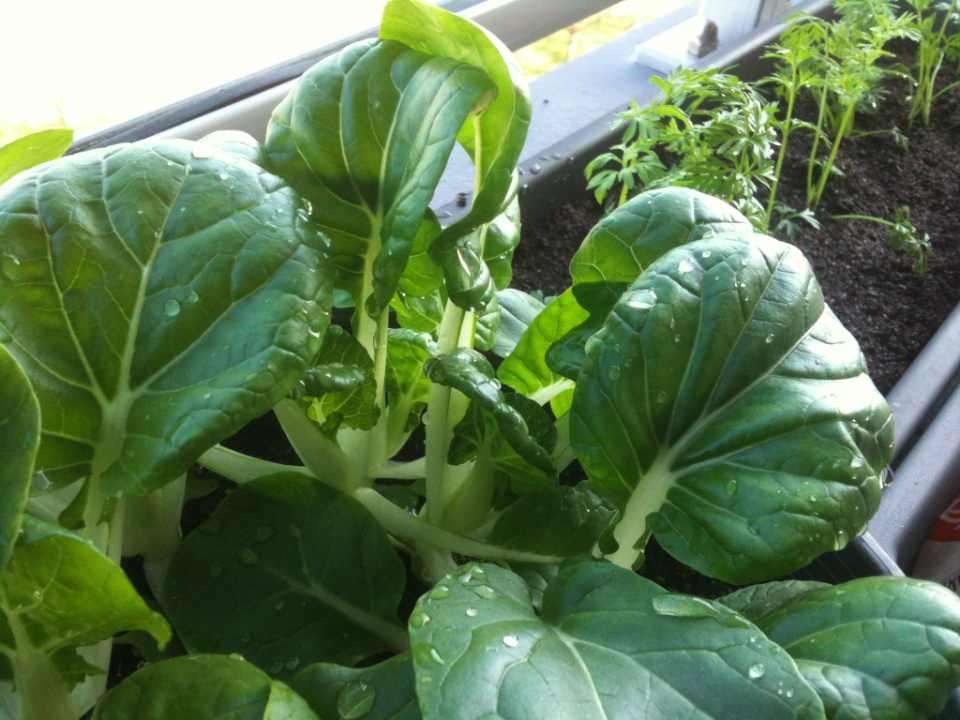
Bok choy is a fast-growing, low-maintenance vegetable that thrives in shaded gardens. This leafy green does well in cooler temperatures and partial shade, making it an excellent option for gardeners in areas with mild summers. Its crunchy stalks and tender leaves provide a delicious addition to various dishes.
In shadier gardens, bok choy remains crisp and tender, avoiding the tough texture that can develop when exposed to too much sun. The vegetable grows quickly, allowing gardeners to harvest multiple crops throughout the growing season. Bok choy thrives with moderate moisture and fertile soil.
Peas
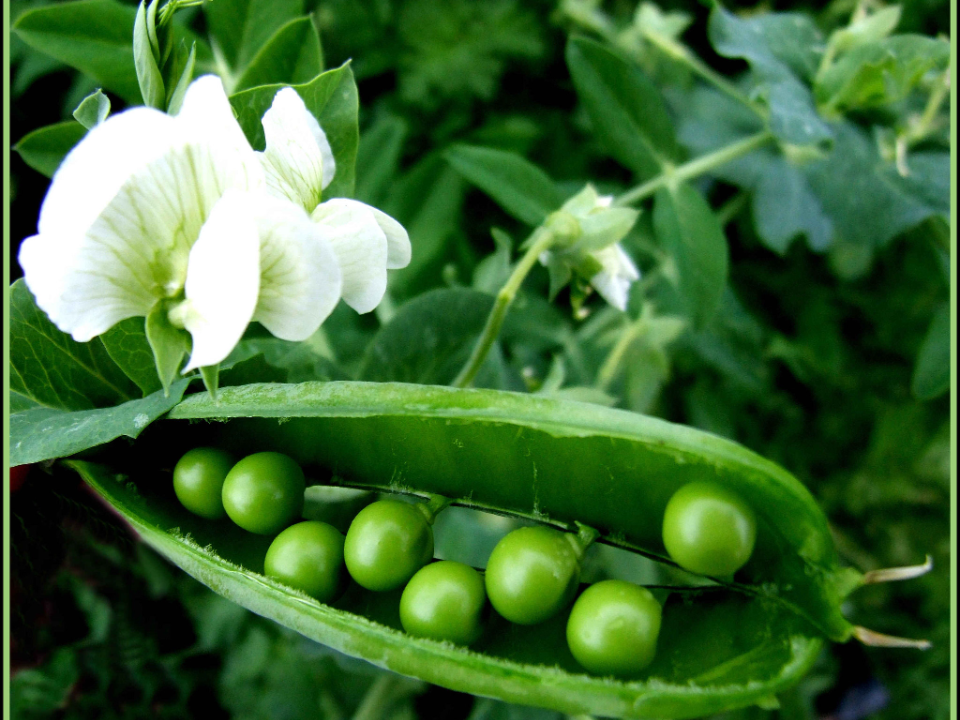
Peas, especially varieties like snap peas and snow peas, do very well in shaded gardens. They are cool-season crops that grow best in temperatures ranging from 55°F to 70°F. Peas are perfect for spaces with limited sunlight as they can still produce a healthy crop with partial shade.
While peas prefer sunlight, they do well in shaded areas as long as they receive proper support. Their growth is typically slower in shade, but they still produce sweet, tender peas for harvesting. Peas are a great choice for shady gardens that need a vegetable that grows in the cooler months.
Radishes
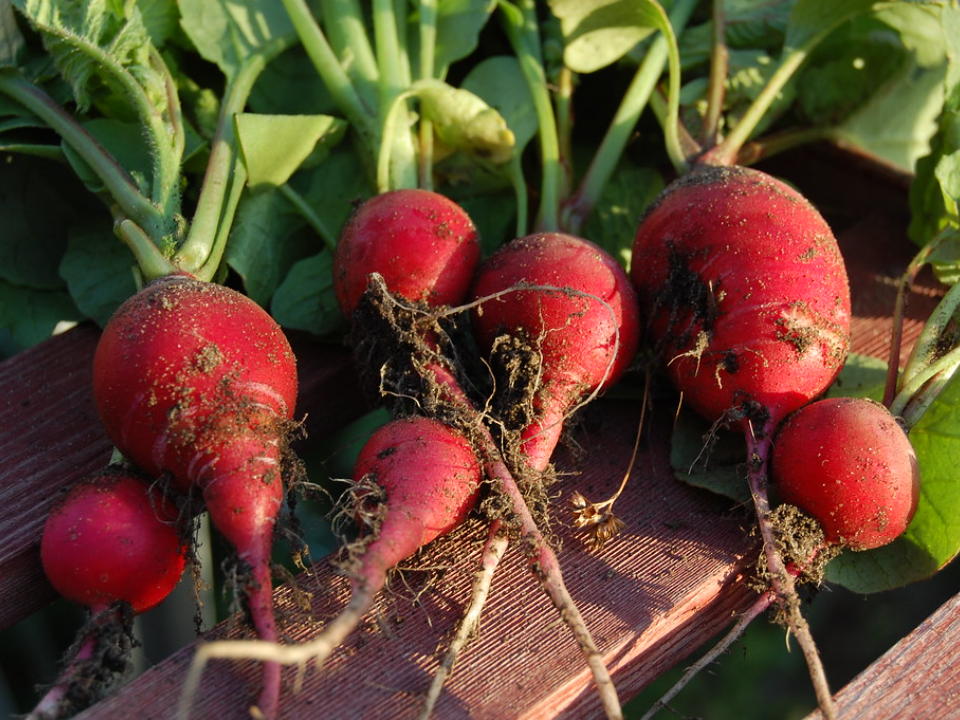
Radishes are small, fast-growing vegetables that adapt well to shaded environments. They do best in cooler weather and can thrive with partial sun. Radishes are perfect for gardeners with limited sunlight as they grow quickly and can be harvested in as little as 3 to 4 weeks.
In shaded areas, radishes remain crisp and mild-flavored, offering a refreshing crunch to salads or dishes. They need regular watering and well-drained soil to grow effectively in the shade. Radishes are a low-maintenance vegetable that thrives in less direct sunlight.
Collard Greens
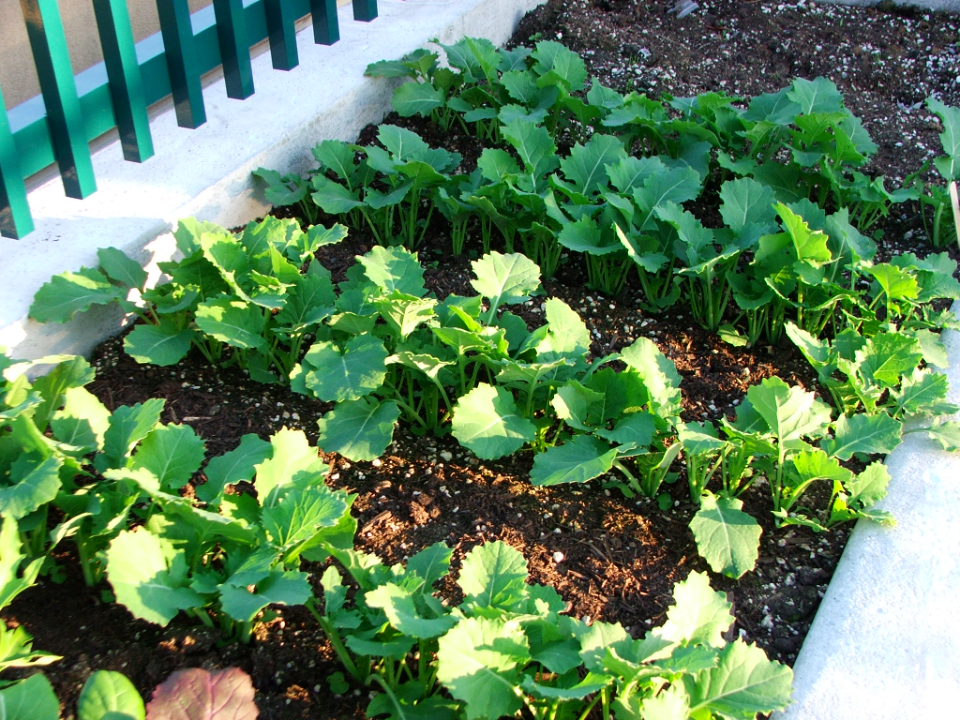
Collard greens are a nutritious, hardy vegetable that does well in partial shade. These greens are more tolerant of cooler weather and can grow successfully even in areas that receive limited sunlight. Collard greens have a longer growing season, making them a great choice for shaded gardens.
The cool shade prevents collard greens from becoming overly bitter, and the plant’s thick leaves remain tender. With regular care, they thrive in moderate moisture conditions. Collard greens can be harvested in about 60 to 85 days, making them a practical addition to shaded garden plots.
Cabbage
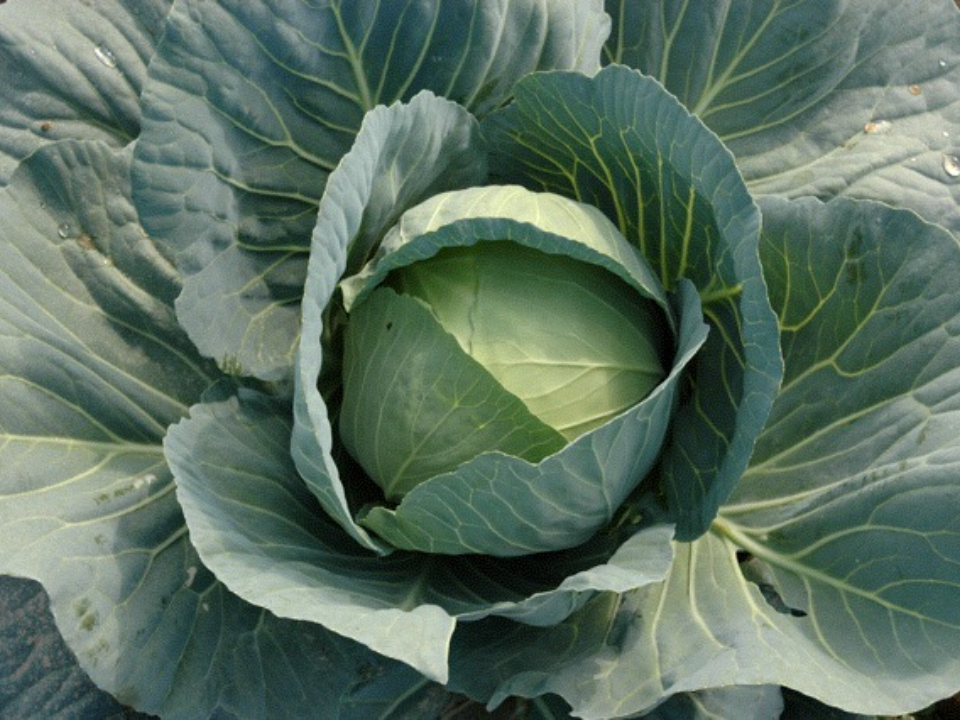
Cabbage is a versatile vegetable that thrives in shaded gardens with cool temperatures. It prefers partial shade, especially in the warmer months, as it helps to prevent bolting and wilting. Cabbage grows best in rich, well-draining soil and requires consistent moisture for healthy development.
In shadier environments, cabbage grows slower but still produces dense, flavorful heads. The cooler conditions of shaded gardens help cabbage maintain its crisp texture and balance the flavors of its leaves. It is an excellent choice for those seeking a vegetable that can withstand less direct sunlight.
Rhubarb
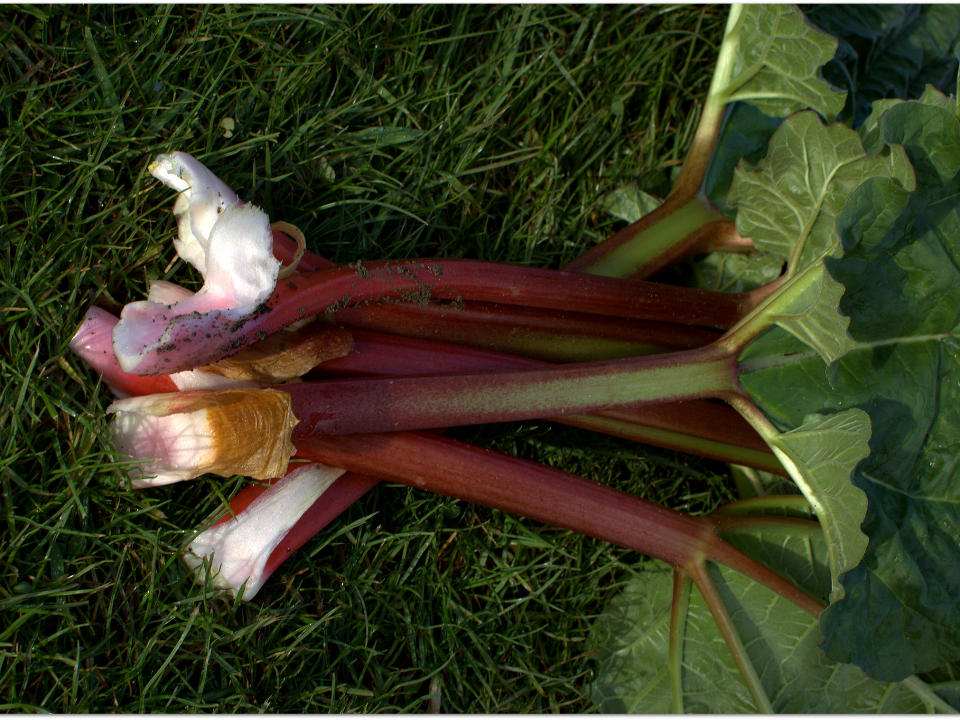
Rhubarb is a perennial vegetable that thrives in shaded gardens, especially during the hotter months. This plant produces large, tart stems that are used in pies, jams, and sauces. It grows well in partial shade, which helps protect it from the intense heat that can affect its growth.
Rhubarb is relatively easy to care for, requiring little more than regular watering and well-drained soil. The shade helps it remain productive and prevents it from bolting, which would reduce its flavor and texture. Rhubarb is a great addition to any garden, providing both a unique vegetable and a refreshing ingredient for various recipes.
Endive
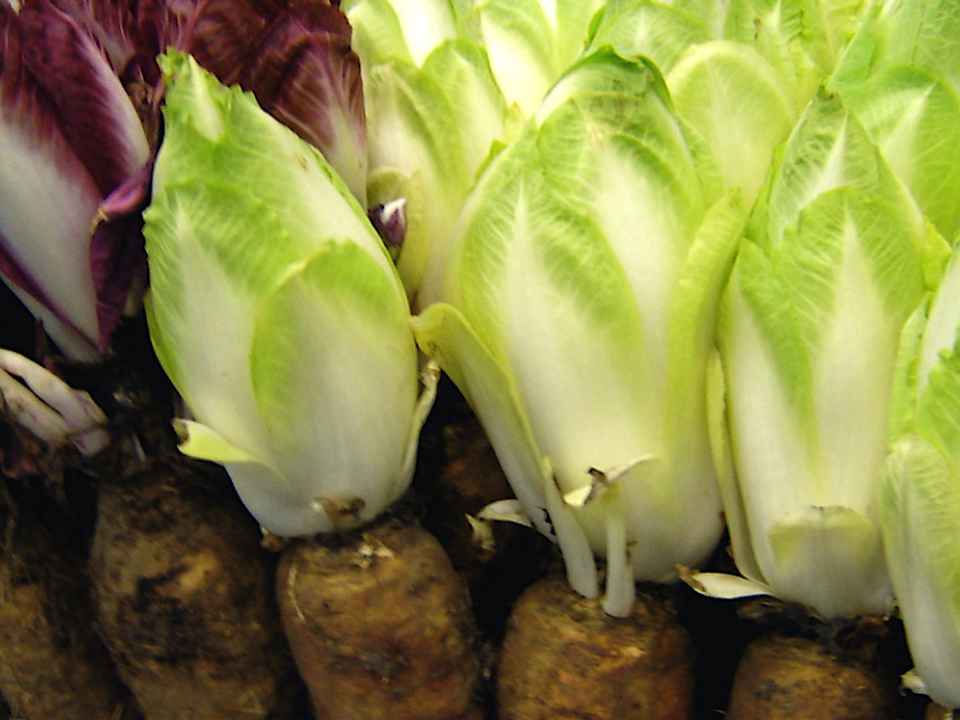
Endive is a leafy vegetable that grows best in cooler weather and partial shade. It has a slightly bitter flavor and is often used in salads. Endive thrives in shaded gardens as it helps to moderate the temperature, ensuring that the leaves remain tender and flavorful.
In shaded environments, endive grows slower, but it still produces a beautiful crop. Regular watering and consistent moisture help keep the leaves crisp and fresh. Endive is perfect for gardeners seeking a vegetable that grows well in cooler conditions with limited sunlight.
Carrots
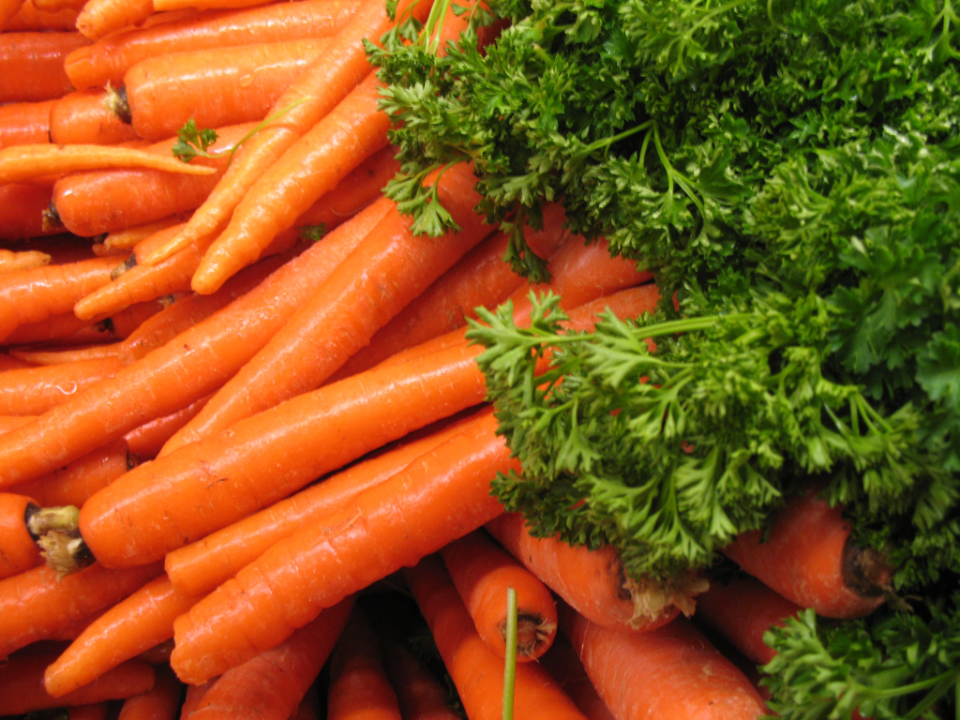
Carrots can tolerate a little shade, though they prefer full sunlight. Growing them in partial shade can help to keep the soil cool and prevent the roots from becoming too fibrous. Carrots grown in shaded gardens develop a sweeter flavor compared to those grown in full sun.
These root vegetables grow best in loose, sandy soil and require consistent moisture for optimal growth. Shaded gardens allow for slow and steady growth, which helps produce tender, flavorful carrots. They are easy to grow and a great choice for gardeners with limited sun exposure.
Brussels Sprouts
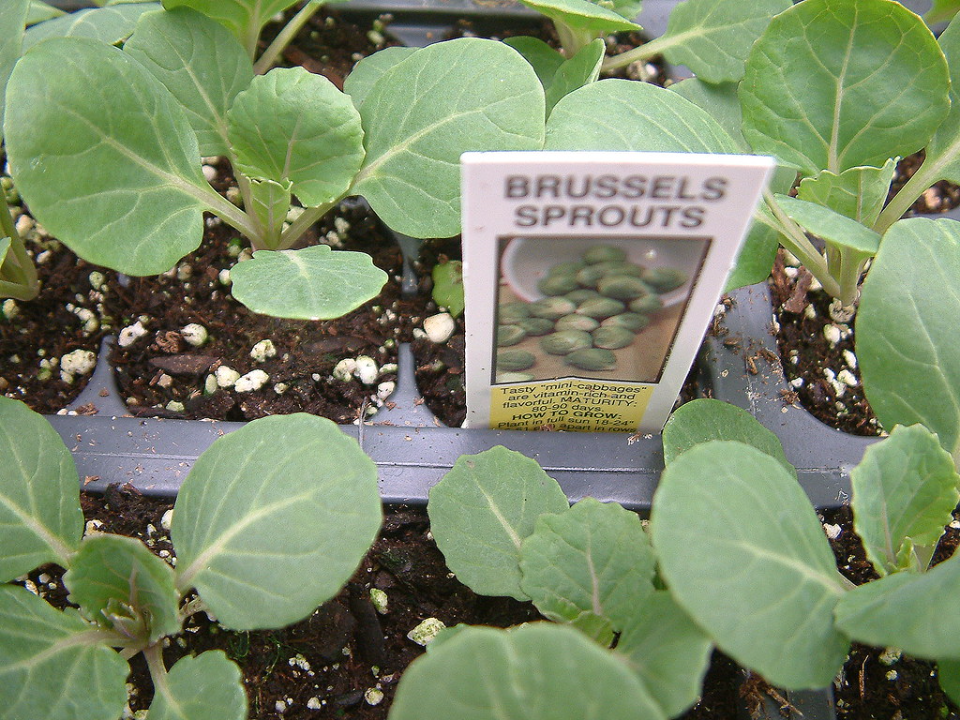
Brussels sprouts are a cool-season vegetable that thrives in partially shaded gardens. These plants grow best when temperatures range between 55°F to 75°F. Shaded gardens provide an ideal environment for Brussels sprouts, as they help prevent the plant from drying out or wilting in direct sun.
These vegetables need consistent moisture and fertile, well-drained soil to thrive in shaded spots. Brussels sprouts have a long growing season, but they are well worth the wait for gardeners looking to grow something hardy. The cooler conditions allow the sprouts to develop a rich, nutty flavor.
Broccoli
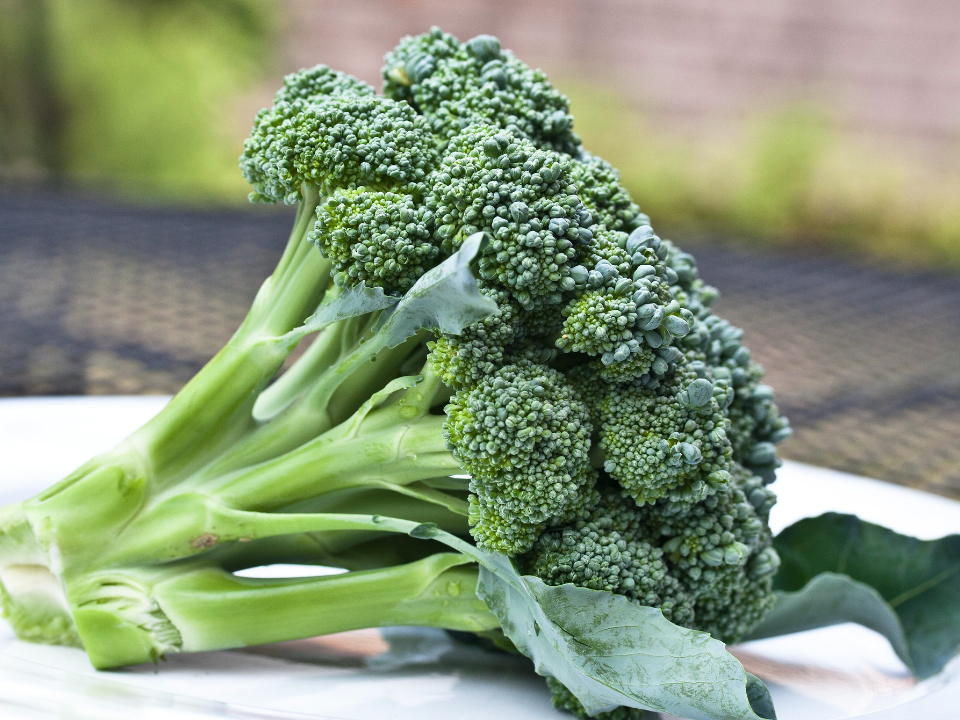
Broccoli grows well in shaded gardens, especially when temperatures are mild. While it does require some sun for photosynthesis, it can tolerate partial shade, especially in the heat of summer. Shaded gardens help prevent broccoli from bolting, which can make it less tender and flavorful.
Growing broccoli in shaded spots allows for a longer growing season, and it tends to produce tight, delicious heads. This vegetable thrives in cooler temperatures, making it perfect for early spring or fall planting. It requires regular watering and nutrient-rich soil to grow successfully.
Horseradish
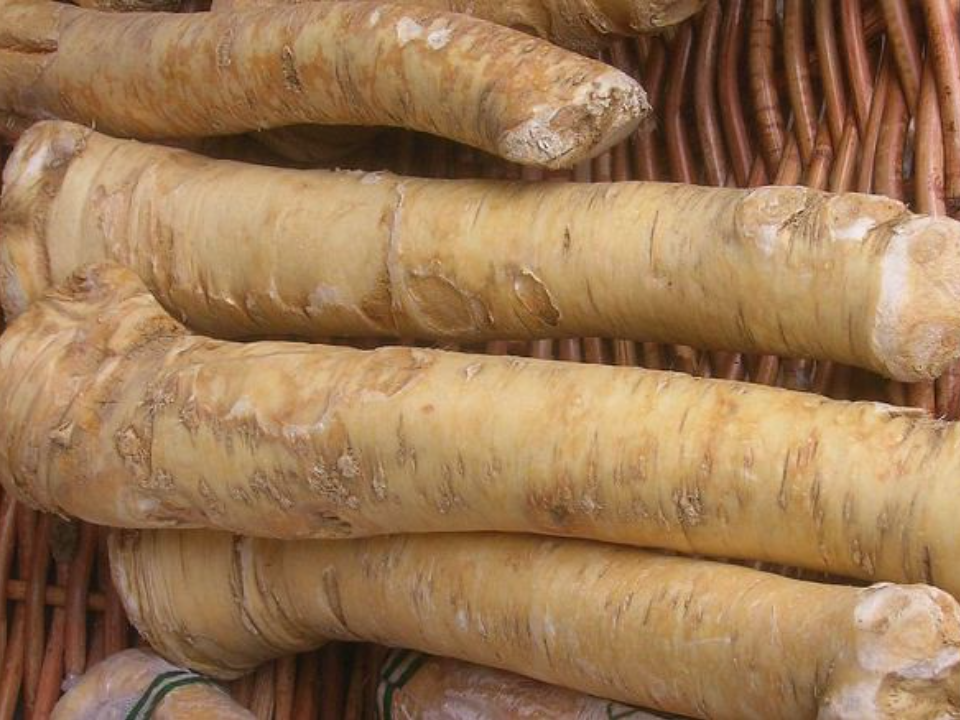
Horseradish is a root vegetable that does well in shaded gardens with rich, fertile soil. It grows best in partial shade, allowing the roots to develop a robust flavor without the stress of excessive heat. Horseradish can be grown easily in most garden conditions, as long as it has adequate moisture and occasional fertilization.
The plant’s roots are the edible part, and they develop over time, typically taking about a year to reach full size. In shadier areas, the horseradish roots maintain a milder flavor and become tender. It is an easy-to-care-for vegetable that does well with little attention.
Shallots
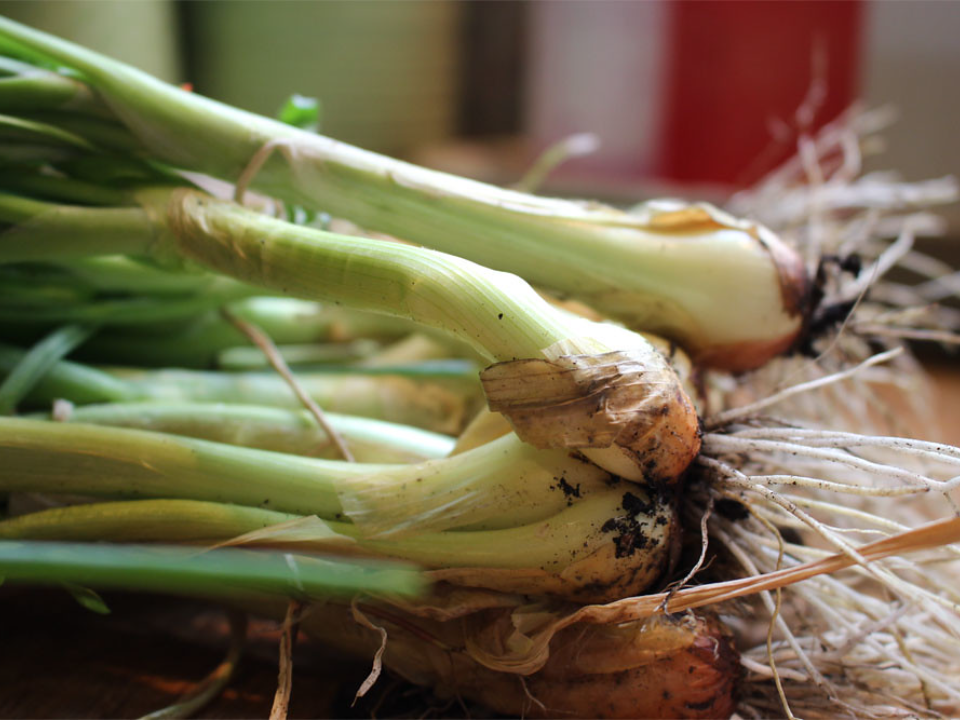
Shallots are a type of onion that grows well in shaded gardens with well-drained soil. They do well in cooler temperatures and can thrive in partial shade. Shallots tend to have a milder, sweeter flavor compared to regular onions, making them a popular choice for culinary use.
Growing shallots in shaded spots helps to keep them from becoming too pungent. They require regular watering and some form of support as they grow, especially during their flowering stage. Shallots are perfect for those who want a vegetable with a delicate flavor in their shaded gardens.
Okra
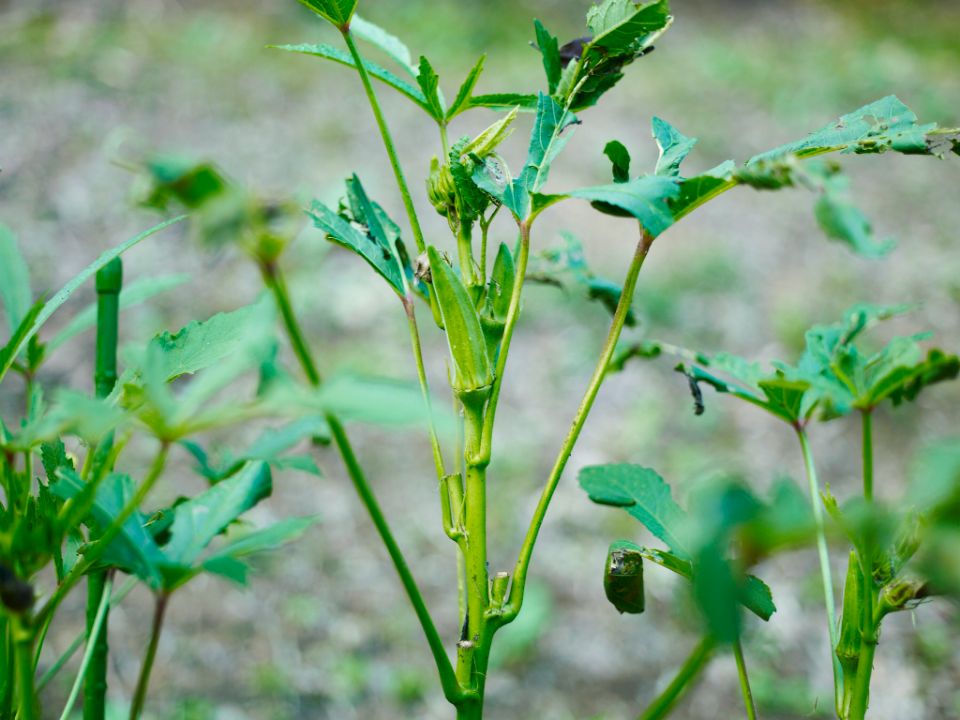
Okra is a vegetable that can tolerate partial shade, especially when grown in areas with high temperatures. While okra thrives in full sun, it will still grow and produce fruit in shaded gardens with moderate temperatures. Okra is ideal for growing in the hotter months, as it is heat tolerant.
In shadier spots, okra tends to grow slower but still produces pods that are tender and flavorful. This vegetable prefers warm, well-drained soil and requires consistent watering. Okra is a great option for gardeners with some shaded areas in their space.
Fennel
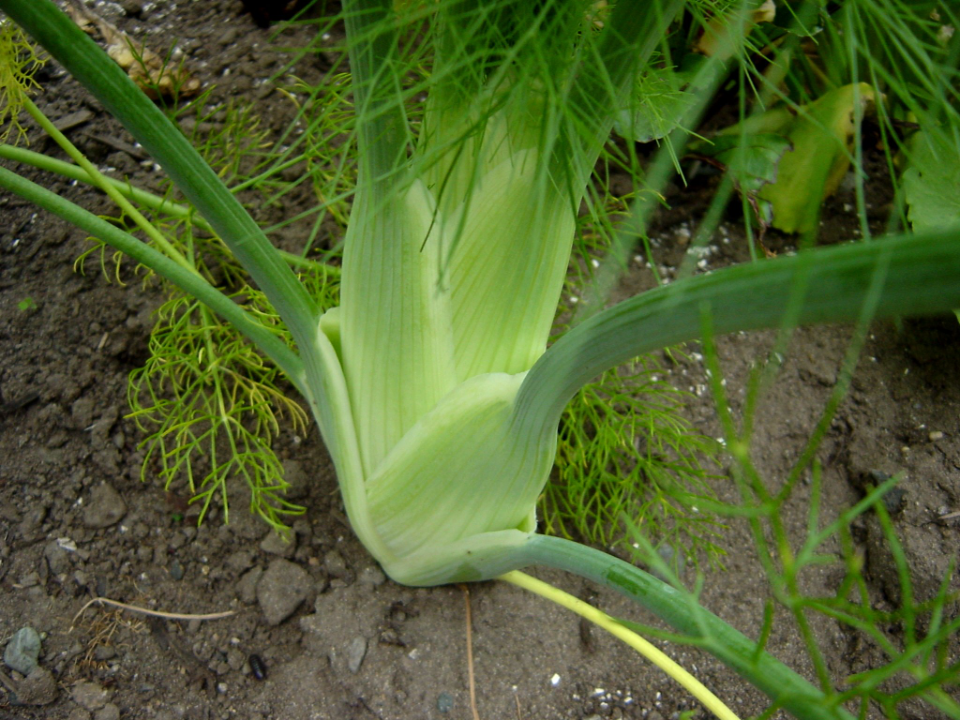
Fennel is a unique vegetable that thrives in partial shade. It has feathery leaves and a bulbous base, which can be eaten raw or cooked. Fennel grows best in moderate temperatures and can handle partial sun without issue.
In shaded gardens, fennel grows slower but still produces flavorful bulbs. It requires well-drained, slightly alkaline soil and regular watering to thrive. Fennel can be used in a variety of dishes, adding a mild, sweet flavor to salads and other meals.
This article originally appeared on Avocadu.
